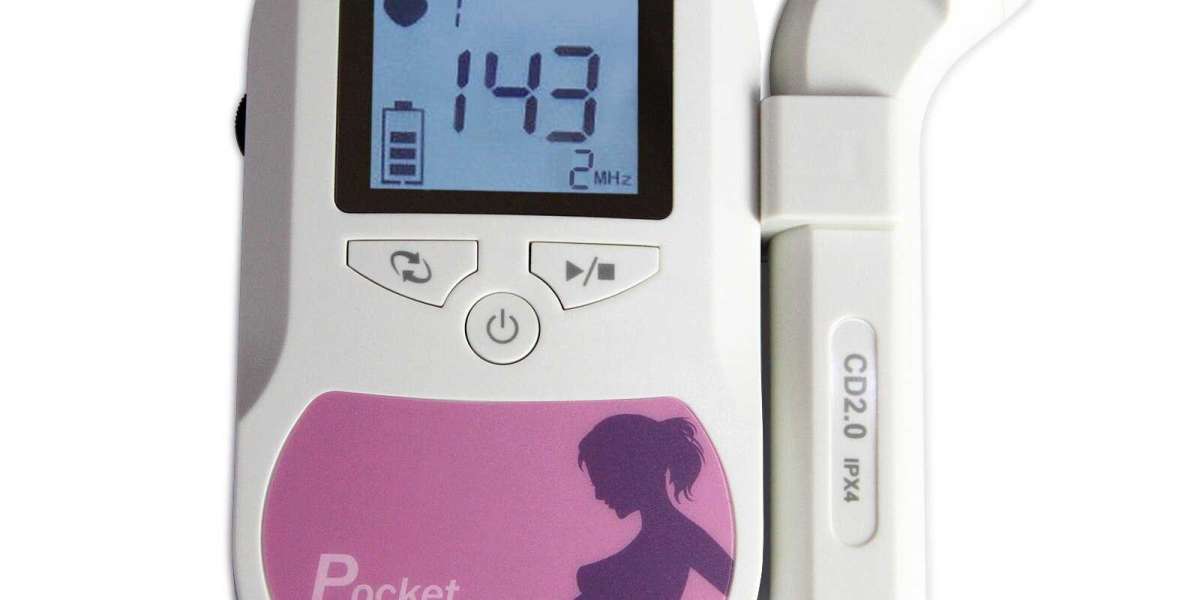1. First physical examination
The first physical examination of pregnant women includes asking about family history and personal medical history, measuring basic blood pressure, weighing, listening to heart and lungs, gynecological examination, and testing urine and liver function.
2. Build a "pregnancy health card"
After the doctor confirms that she is pregnant, the pregnant woman should immediately establish a "pregnant woman's health card", and go through the pregnancy, childbirth and puerperium safely under the guidance of the doctor.
3. Estimate the due date
Pregnancy usually lasts more than 9 months. Over the course of more than nine months, the embryo went from a simple cell to an extremely complex organism made up of millions of cells. At no other time in the course of life has it grown so rapidly as this short period of time.
Once a pregnancy has been diagnosed, it is possible to predict when the child will be born, which is medically known as the "due date of birth".
To calculate your due date, simply add 9 months and 1 week to the first day of your last menstrual period. For example: the last menstrual period is January 1st, plus 9 months is October 1st, plus 1 week (7 days), it is October 8th. October 8 is the due date.
The actual delivery may occur within 2 weeks of the due date.
Women who menstruate every 3 weeks should have a gestation period of 280 days - 1 week = 39 weeks;
Women who menstruate every 4 weeks should have a gestation period of 280 days = 40 weeks;
Women who menstruate every 5 weeks should have a gestation period of 280 days + 1 week = 41 weeks.
If your menstrual cycle is irregular, or you can't remember the date of your last menstrual period, it should be calculated based on a gynecological examination in the first trimester.
Use the baby doppler sonoline b to view the heartbeat of the fetus in the abdomen, observe the fetus at all times, and pay attention to his growth.















